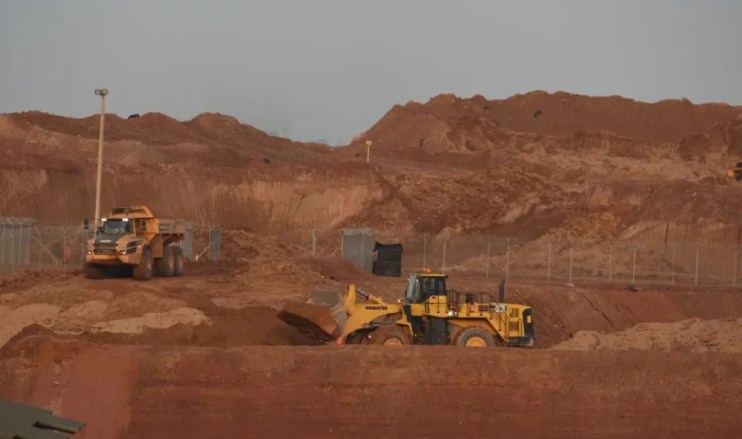Copper prices end 2023 on a high as traders focus on supply constraints next year

Global economic headwinds and uncertainty over China’s growth outlook have hit all commodity prices this year, particularly copper.
On the final trading day of 2023, copper dropped 0.2 per cent to $8,608 a ton on the final trading day, only slightly up on the $8,375 mark at which it opened the year.
Prices hit their 2023 high of $9,037 at the end of January when traders were becoming excited about China’s rebound from the pandemic. However, when it became clear the economy wouldn’t rebound as expected, copper prices soon dropped to $7,397 – the low of the year.
Throughout the majority of 2023, the Chinese economy, which uses around 70 per cent of the world’s copper supply for its manufacturing and construction industries, has failed to meet output expectations.
But the country is now beginning to rally.
Despite the lack of a concrete long-term roadmap for cleaning up debt and restructuring, policymakers are quickly shifting to try and shift the structure of the economy to shore up both industries and get a better handle on its trading relationships with Chile and Brazil, the two largest copper producers in the world.
It is also taking significant steps to bolster investment and development across its grid and energy transition, including a booming electric vehicle market, for which copper remains an essential commodity.
In light of this light sentiment shift, and the promising of cuts in the historic run of interest rate hikes from across the pond, copper has seen a fourth-quarter rebound to close out 2023.
This comes alongside an expectation of significant market tightening for copper concentrate next year after Panama ordered the closure of First Quantum’s Cobre mine and troubled UK miner Anglo American lowered its copper production guidance for 2024.
This could amount to the removal of as much as 750,000 tonnes or 3 per cent of global supply, from the global market in 2024, according to a recent note from the Bank of Montreal.
As such, traders who had until the beginning of December been betting on a market glut and corresponding soft price are now turning to a bullish outlook.
Though the issue of copper’s future supply has been raised consistently it is worth remembering that the period between 2024 and 2025 is likely to be relatively stable compared to 2026 and 2027; when the stores that were not extracted during coronavirus mine closures should have, but won’t, come to market.
A recent analysis by BloombergNEF anticipates that this expected undersupply could drive prices up 20 per cent over the next three years.
Sticking to the immediate future, the Bank of Montreal anticipates next year to rank as a mild improvement on 2023, with global copper demand expected to grow 1.8 per cent.
In this sense, the fears of the copper crash are likely kicked a year or two down the line.
But there is a wider problem of which copper’s expected supply slide is a symptom; how does the world reckon intensive mining with the green energy transition?
Environmental think tank, the Carbon Trust, notes that in order to fit within the green energy transition, the mining industry must cut emissions by 90% by 2050, while simultaneously increasing production to meet demand.
For copper at least, the expectation of supporting the green energy transition whilst feeding a voracious China amidst potentially chronic supply shortages, the outlook isn’t bullish or bearish but cautious.